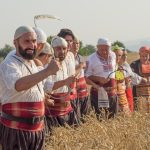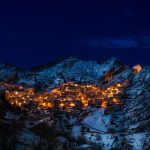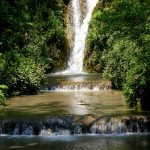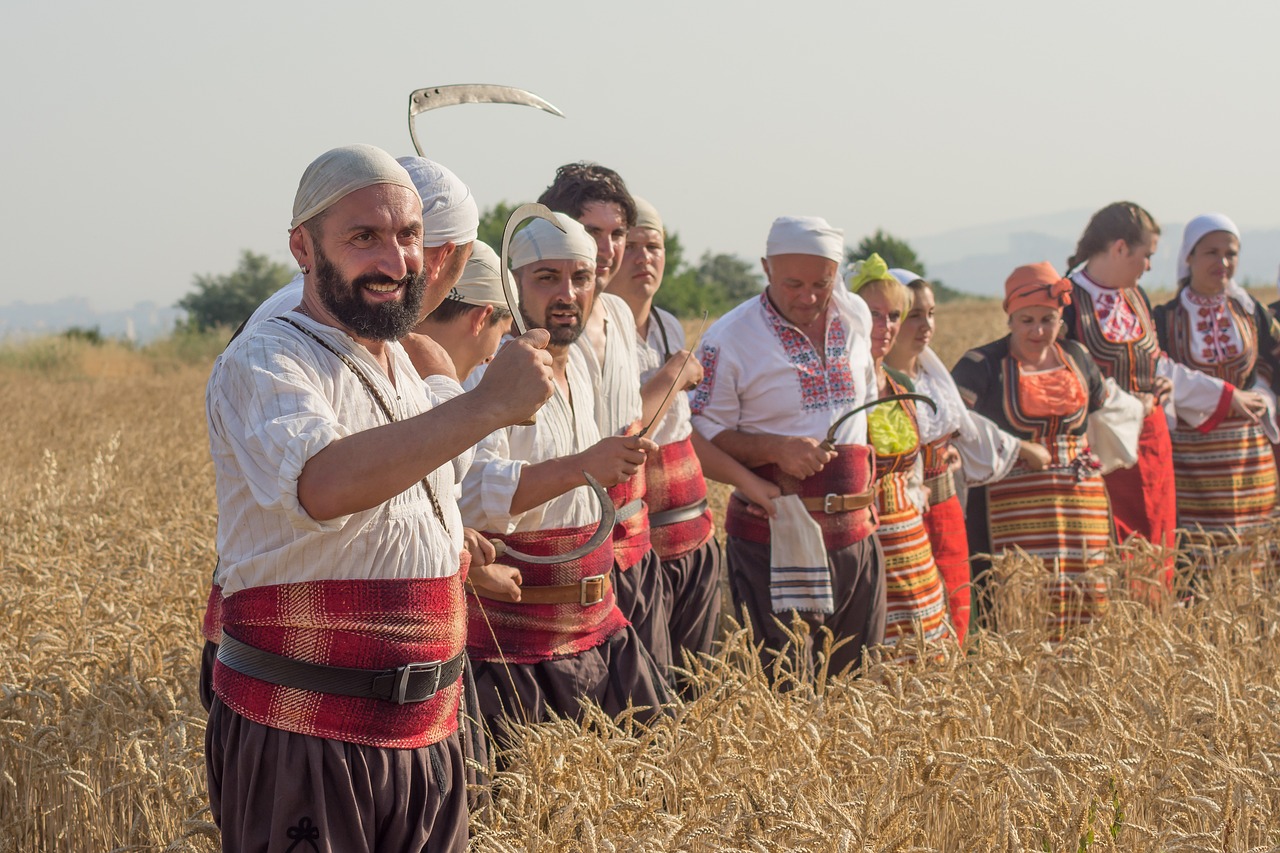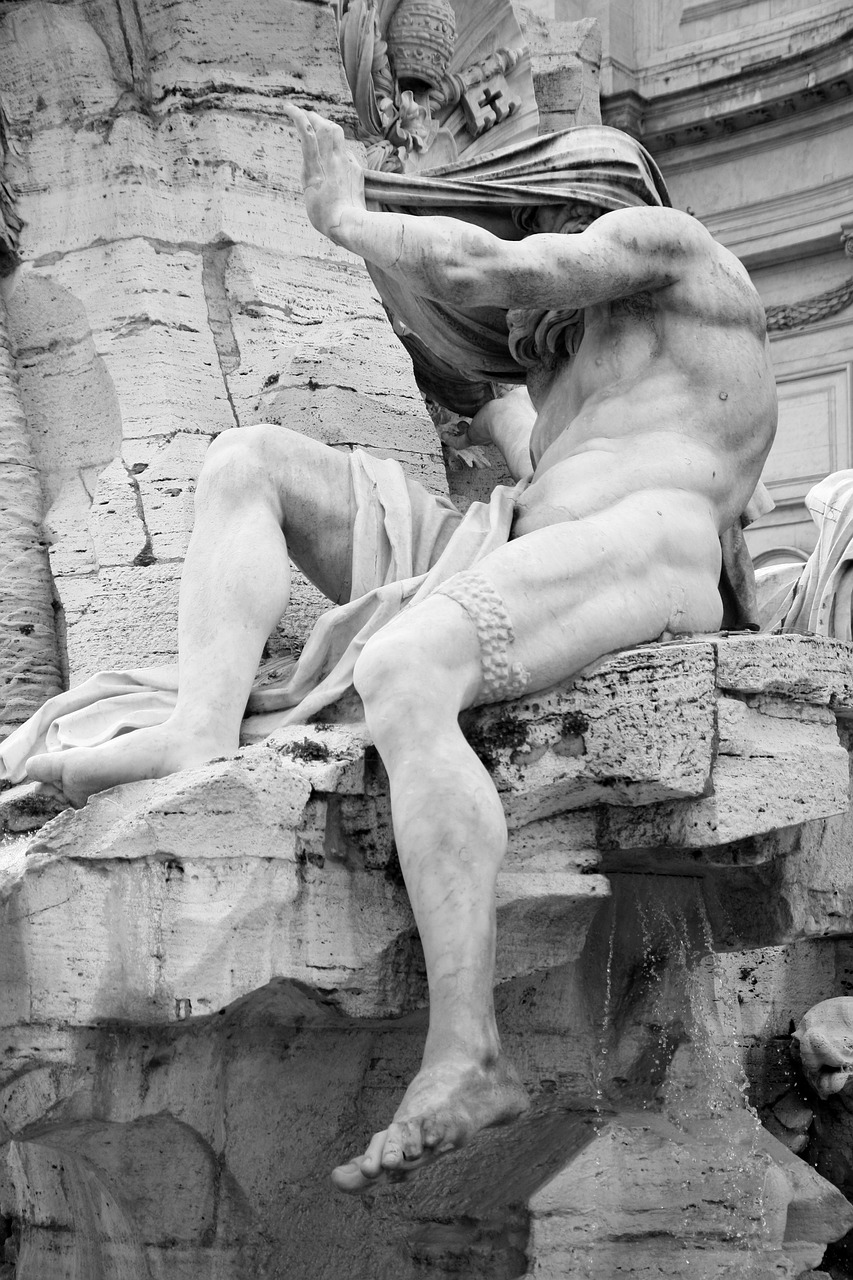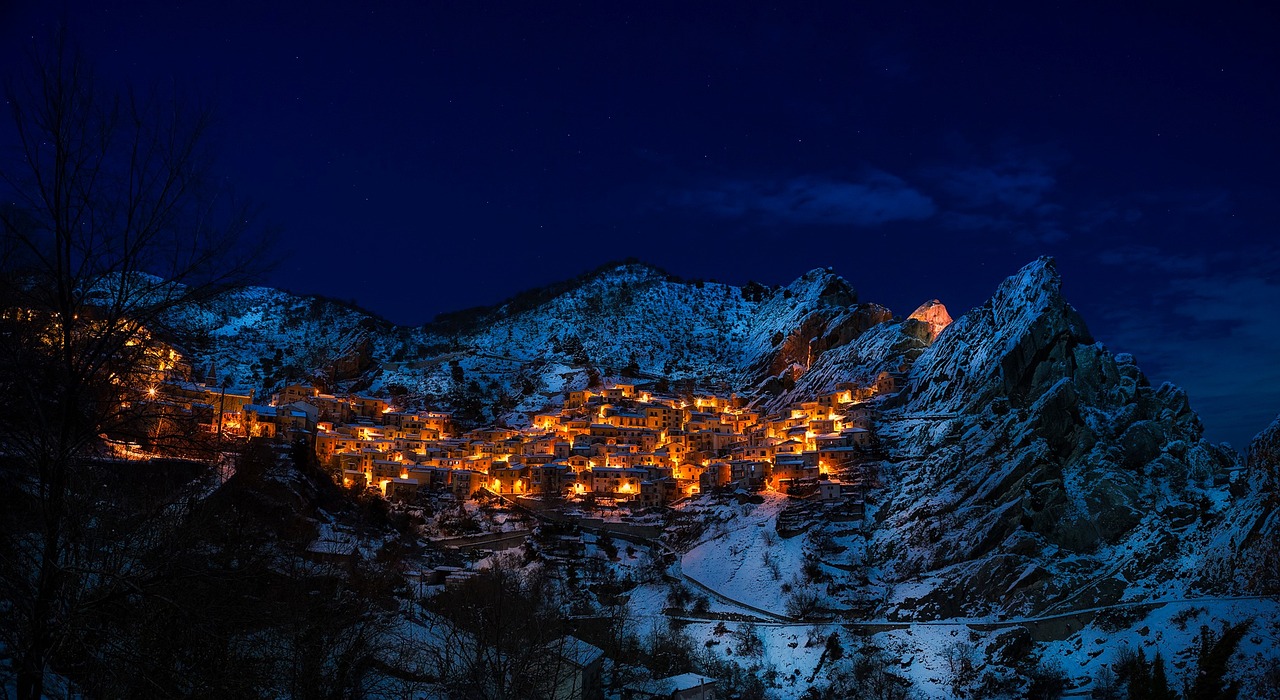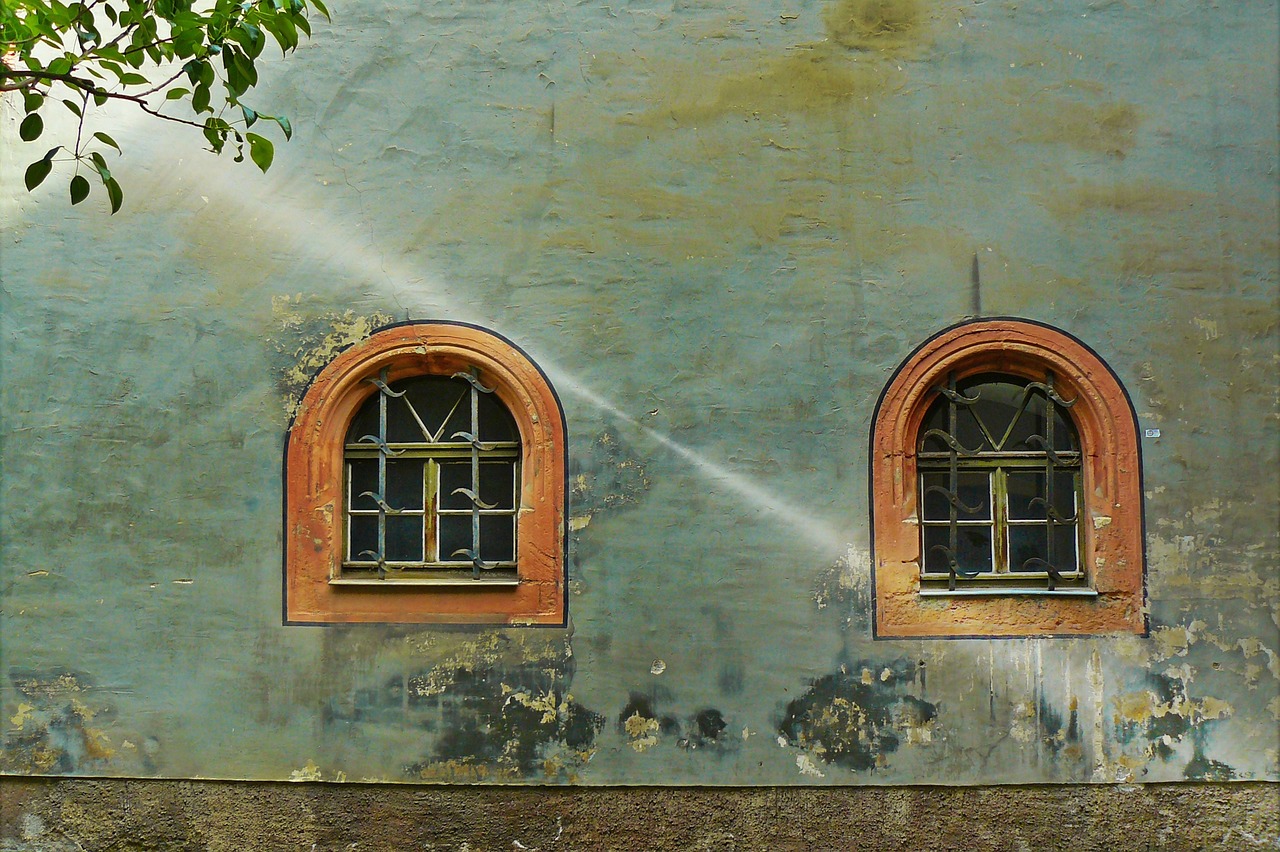Bulgaria is home to a vast number of majestic monasteries, with over 500 preserved monasteries in the country. These spiritual sanctuaries offer visitors a unique and memorable experience, with each monastery showcasing its own unique culture and history.
Rila Monastery is the biggest in Bulgaria, located near the oldest ski resort in the country, while Bachkovo Monastery features St. Nicholas Church, the oldest building in its territory.
Aladzha Monastery is a 700-year-old rock-hewn monastery with views of the sea and shady woods, and Troyan Monastery is the third biggest in the country and features a rich collection of icons.
The Transfiguration Monastery, Rock-Hewn Churches of Ivanovo, Klisura Monastery, Sokolski Monastery, and Patriarchal Monastery of the Holy Trinity all offer visitors an opportunity to explore Bulgaria’s spiritual side.
Exploring these majestic monasteries is an essential part of any traveler’s journey to Bulgaria.
Key Takeaways
- Rila Monastery is the biggest monastery in Bulgaria and is located in Rila Mountain at 1147 m above sea level.
- Bachkovo Monastery is the second biggest monastery in Bulgaria and was founded in 1083 by Georgian brothers Grigorii and Abasii Bakuriani.
- Aladzha Monastery is a 700-year-old rock-hewn monastery located in the eastern part of the country, near Varna and Golden Sands.
- Transfiguration Monastery is located 6 km north of Veliko Tarnovo and was founded in the 14th century.
Rila Monastery
Rila Monastery is the largest monastery in Bulgaria, located 100 km south of Sofia and near Borovets, the oldest ski resort in Bulgaria, in the Rila Mountain at 1147 m above sea level.
It is renowned for its rich history and majestic architecture, being an important cultural landmark of Bulgaria.
The monastery complex includes the Hreliova Tower, the Church of the Nativity of the Virgin and the Refectory, the oldest building in the monastery.
The complex also contains several chapels, a museum, a library, and an art gallery.
Rila Monastery is also known for its spiritual significance and its role in preserving Bulgarian culture and national identity.
The monastery is a popular destination for visitors, offering an enriching experience of the country’s past as well as stunning views of the surrounding mountains.
## Bachkovo Monastery
Located 30 km south of Plovdiv, Bachkovo Monastery is the second largest monastery in Bulgaria. Founded in 1083 by Georgian brothers Grigorii and Abasii Bakuriani, it is a significant spiritual center in the region.
Its Charnel-house is the oldest building, while the St. Nicholas Church boasts significant wall paintings by Zahari Zograf. The Plovdiv proximity allows visitors to also explore the nearby Pamporovo ski resort in the Rhodope Mountains and Asens Fortress.
The monastery complex is a stunning combination of old and new architecture, with its frescoes, domes, and towers. It is a popular tourist destination, offering the opportunity to explore the rich spiritual heritage of Bulgaria.
## Historic Sites
Surrounded by lush greenery, the historic sites of Bulgaria offer a unique insight into the country’s rich cultural heritage. Among them are the ancient architectural wonders of Rila Monastery, Bachkovo Monastery, Aladzha Monastery, Troyan Monastery, Rock-Hewn Churches of Ivanovo, Monastery of St. Dimitar Basarabovski, Klisura Monastery, Patriarchal Monastery of the Holy Trinity, and Sokolski Monastery. These sites have great cultural significance and have been preserved for centuries.
Rila Monastery is the biggest and oldest monastery in Bulgaria. It is located near the oldest ski resort in Bulgaria, Borovets, and is set at 1147m above sea level.
Bachkovo Monastery is the second biggest monastery and is located 30km south of Plovdiv. Founded in 1083, it features noteworthy wall paintings.
Aladzha Monastery is a 700-year-old rock-hewn monastery near Varna and Golden Sands.
Troyan Monastery is the third biggest monastery located 10 km away from the town of Troyan.
The Rock-Hewn Churches of Ivanovo, Monastery of St. Dimitar Basarabovski, Klisura Monastery, Patriarchal Monastery of the Holy Trinity, and Sokolski Monastery are also noteworthy. These sites are invaluable for understanding Bulgaria’s cultural heritage and have been preserved to be enjoyed for generations to come.
## Frequently Asked Questions
### What activities are offered at the ski resorts near Rila Monastery and Bachkovo Monastery?
Rila Monastery and Bachkovo Monastery offer ski activities such as skiing and snowboarding, as well as trails for hiking and skiing lessons. The ski resorts near both monasteries provide exciting opportunities for exploration and adventure.
### Are there any special events held at the monasteries throughout the year?
Every year, Bulgaria’s monasteries host numerous events to explore its cultural and religious traditions. For example, the Troyan Monastery hosts a traditional Easter celebration that draws over 10,000 visitors annually. The monastery also features an annual festival of Orthodox Christian hymns. Other monasteries such as Rila and Klisura offer special events showcasing religious customs and folk music.
### How easy is it to get to the monasteries from Sofia and Plovdiv?
Getting to the monasteries from Sofia or Plovdiv is relatively easy, with multiple accessibility options available. From Sofia, travelers can take the bus or rent a car; from Plovdiv, transportation costs can be kept down by taking the train or bus.
### Are there any guided tours available for the monasteries and historic sites?
Tour operators are available to provide guided tours of the monasteries and historic sites in Bulgaria, with local transportation included. Such tours offer an insightful look into the country’s spiritual sanctuaries, giving visitors the freedom to explore and learn in depth about its culture and history.
### Are there any restrictions on taking photographs of the monasteries and historic sites?
Photography restrictions vary depending on the religious practices and cultural significance of the monasteries and historic sites in Bulgaria. Respect for the sacred space should be maintained, and visitors should ask permission prior to taking pictures.
